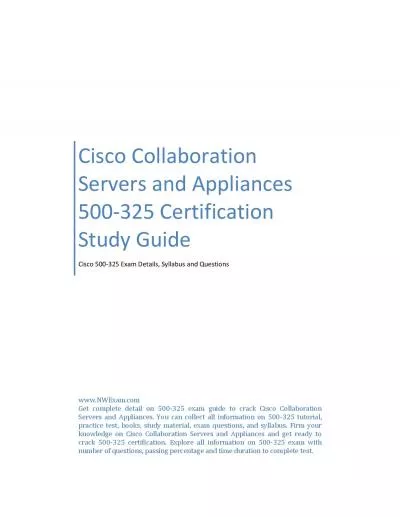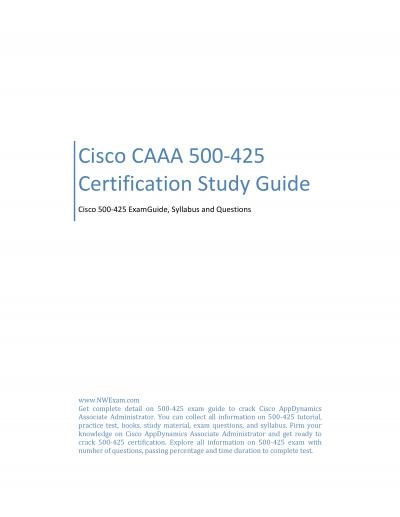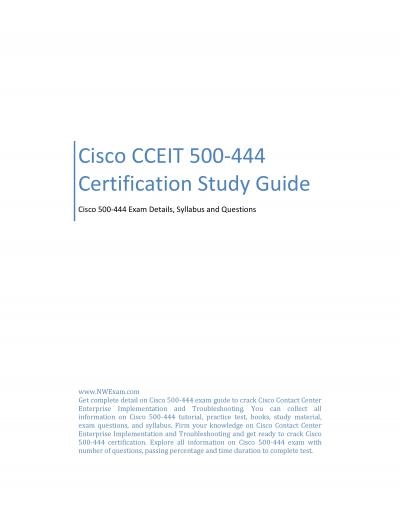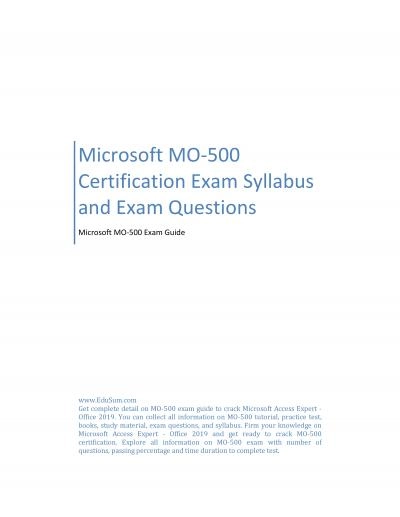PPT-Professor Goodchild CEE 500
Author : tawny-fly | Published Date : 2020-04-06
October 14 2009 Consulting Applied Decision Analysis Menlo Park CA PricewaterhouseCoopers London UK Background MS PhD Civil and Environmental Engineering UC Berkeley
Presentation Embed Code
Download Presentation
Download Presentation The PPT/PDF document " Professor Goodchild CEE 500" is the property of its rightful owner. Permission is granted to download and print the materials on this website for personal, non-commercial use only, and to display it on your personal computer provided you do not modify the materials and that you retain all copyright notices contained in the materials. By downloading content from our website, you accept the terms of this agreement.
Professor Goodchild CEE 500: Transcript
Download Rules Of Document
" Professor Goodchild CEE 500"The content belongs to its owner. You may download and print it for personal use, without modification, and keep all copyright notices. By downloading, you agree to these terms.
Related Documents

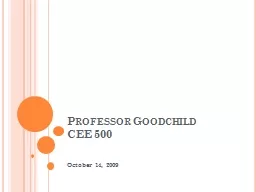

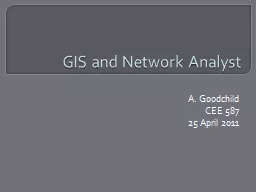
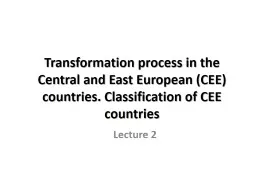
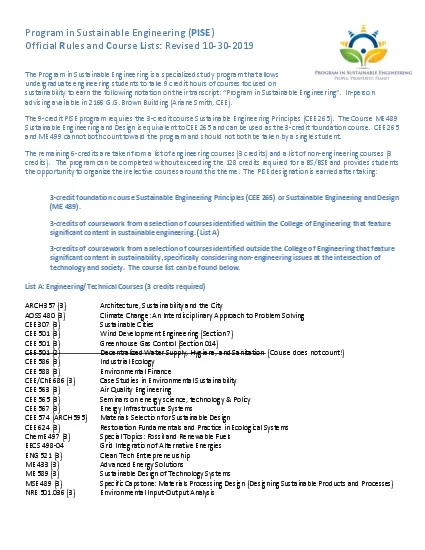


![[New] Ace Cisco 500-285 Certification with Cisco CCNS Practice Test](https://thumbs.docslides.com/994858/new-ace-cisco-500-285-certification-with-cisco-ccns-practice-test.jpg)
![Cisco 500-325 CSA Exam: Tips & Tricks to Ace the Exam [2023]](https://thumbs.docslides.com/1013854/cisco-500-325-csa-exam-tips-tricks-to-ace-the-exam-2023.jpg)
